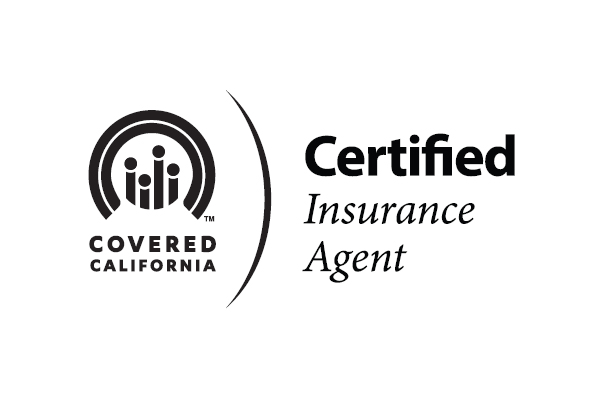Small Group (2 to 50 employees) Health Insurance:
The small group employer’s ability to get adequate health insurance was changed greatly by California Assembly Bill No. 1672. Bill No. 1672 governs how insurance carriers deal with small employers. It was passed in 1992 and took affect July 1, 1993. It guarantees the availability and renewability of health insurance to small employers. It requires that standard rates are filed with the California Department of Insurance. Carriers are allowed to increase or decrease rates by 10% depending on the health conditions and size of the group. It sets the requirements on how much an employer has to pay toward an employee’s coverage and the participation requirements of each group. Small employers can set up a true budget on what they want to contribute toward health insurance. They can use this to attract and retain a good employee pool through the selection of benefits.
Small group employees can choose among HMO’s, PPO’s, POS’s, and a combination of two or more types of plans as described in the Individual/ Family Plan section. Most insurance carriers allow an employer to have an HMO with a PPO and sometimes a POS plan. Some carriers allow you to choose all of their plans and then the employees can choose among several different options. There are also two companies in California that are considered purchasing pools. They allow the small group employer to have a selection of several different carriers with different plans. They only deal with the purchasing pool company and get one bill.
With a small group plan the employer can add additional coverage’s like dental, vision, chiropractic, acupuncture, group life, short and long term disability, and accidental death and dismemberment. Some larger small employer groups will also be able to set up a Premium Only Payment (POP) section 125 plan for pre-tax payment of employees share of premiums to reduce the payroll taxes for the employees and the employer.
One company allows employers to have 1099 and leased employees. Several carriers offer group insurance to husband/wife groups.
Unfortunately the self-employed individual is not covered under Bill No. 1672. Their only choice is to file for an IFP plan and like the individual there is no guarantee that they will be provided coverage .
Medical Savings Accounts (MSA’s) are no longer available since 12/31/2004. They have been replaced by Health Savings Accounts (HSA’s). HSA’s are available from many carriers since January 1, 2005. To open an HSA you need to have an HSA compatible plan, a high deductible PPO plan where all services are subject to the deductible, be under 65 and not on medicare, and not claimed as a dependent on another person’s tax return. A bank establishes the HSA account. You or your employer funds the account at the beginning of the year. The amount is generally limited to 100% of the deductible amount for the year. For 2005, the maximum amounts are $2650 for an individual and $5250 for a family. There are also catch up contributions for individuals between 55 and 64 years old. You can use the funds for expenses and then what ever is left builds up like an IRA account. The downside is that the banks charge high fees for transactions and many people choose to leave the funds in the account and pay cash for expenses. This creates another IRA vehicle for retirement. HSA’s are becoming popular since the premiums are low and they create another source of retirement and tax deductions for contributions to HSA’s. While a person is under 65 they can use the funds to pay for medical expenses including dental, long term care, medicare, and COBRA policies and not pay taxes on the funds being withdrawn. For a complete listing of allowable medical expenses refer to IRS publication 502. If the funds are used for non medical expenses then they are taxed for early withdrawal plus a 10% penalty. After 65 you can use the funds for allowable medical expenses, tax free. If you use it for other expenses you only pay the appropriate taxes, without the 10% penalty. After age 65 you can no longer contribute. You can also designate your spouse as a beneficiary for the funds. There are currently over 26 HSA compatible plans in California. We can provide additional information about HSA’s upon request.
Other types of plans that are available to employers are Health Reimbursement Arrangements (HRA’s) and Flexible Spending Arrangements (FSA’s). Both of these plans are complicated and we can provide further information upon request.

